|
As part of my preparation to walk the Camino Way for a week in June with old friend Andrew P, I decided to do a local walk which I had long aspired to, but never delivered...the sea route from our house to the Doonbeg Golf course resort (aka "Trumpton" for obvious reasons). As only had 2 hours, it had to be swift and determined with no stopping for sights and not many photos. Started at dead low tide at our house on Clohaninchy beach, and an hour later I'd crossed the two bays and lots of beautiful beach to stand in front of that carbuncular edifice. You can't blame Trump, it looked like that before he bought it. At which point you realise it doesn't even have proper beach access (and Doughmore beach is lovely). Retracing my steps was slightly less fun, but saw what as left of a motor boat of some sort at the other end of or beach. Harsh, harsh winters. Walk was almost exactly 10 k, just under 2 hours. New boots. And I'm stiff as a board now.
0 Comments
After the marshes, and their inevitable mournful, sunken boat, the original rails ran out fairly quickly. I was then on a path, then a winding track, then the usual bog and briar. One section ran alongside the sea, and I diverted onto the beach for a few moments. Sometimes I had to follow the fox tracks alongside the line, where it was too overgrown with brambles and trees. Found a lovely skylark nest, and managed to photograph the eggs without touching it. One section in the middle was really pleasant, like a wander down an English country lane. But it didn't last. After a bitter battle with a small forest plantation, I emerged next to the final stop but one, Blackweir Halt, now I suspect privately owned. It was still possible to see the old platform and what was once the line sunken next to it. There were still more obstacles to overcome in that last mile or two, including a missing bridge and a third cutting, which I ventured directly through this time. The deep green of its base should give a clue as to what was there…water, lots of water. Above the knee. How they could ever have drained these cuttings I do not know. My journey ended at Kilkee, with its beautiful semi-circular harbour. My target was the last stop on the line until 1961: Kilkee station. The station itself is still standing, with its original canopy, though looking somewhat forlorn. At least it’s a protected building. The rest of the sidings and buildings have been supplanted by the "Percy French" housing estate. There’s talk of reopening the line from Moyasta to here, though having walked it, I do have my doubts….especially about drainage.
Met international rescue there and had beer and seafood chowder. Not a bad end to a journey which started almost casually seven weekends ago.
There were a few more animals on the fields now. I had to cross a large field with four cows in it - midway across I realised they were bullocks. Just inquisitive, but the four of them trotting towards me quickened my heart for a moment. I also had to pass through a dark, silent half-mature pine forest, bent double to avoid my face being whipped, tracing along in parallel to the old line's route. Then a 10-foot drop on the other side into a drainage ditch. At times, the track was completely ploughed and invisible except for the slight reduction in rushes indicating the land was marginally drier. Saw another pheasant, and the prints of another fox. The big surprise was the last half-mile. Coming up to Moyasta junction. I had heard that some restoration had been done, but to emerge literally crawling through a bank of briars under an electric fence to find a clear, clean strait railway was a real and pleasant surprise. I walked the rest of the way along the tracks. And in between them, some tiny new violets. The station itself was closed (and it looks like it has been that way since last year), but it was still fun to wander round and take photos of what they have collected and restored. Just as interesting was the discovery that after the museum and restored track, there was a junkyard full of trainy things: old locomotives which had crept away to die, a partially-dismantled iron bridge, and some carriages partially cleaned out, one also used as an occasional drinking den. The biggest surprise though was that behind the junkyard, the line still had track on it, heading off into the distance over the marshlands towards Kilkee. There were shotgun cartridge scattered on the line, suggesting someone had been wildfowling from up there over the winter. I've no idea how far the track goes. Only one way to find out.
He also warned me about a large drainage ditch up ahead, with good reason. It took me ages to find a climbing place where my feet had any purchase, trying to climb six feet of sheer mud using brambles to pull myself up (aged 56 and a quarter). Some parts of the line were entirely gone, not a trace remaining; others still showed their origins: There were also several obstacles on the line, including horses, houses and (potential) hearses. The latter diversion was large and clearly not in a good mood, but having got round it, I soon found two intact bridges of the same red-sprayed iron girder style, which showed I was still on track. I was now deep in rural West Clare, with few people and numerous abandoned and collapsing buildings, some of which you would truly not wish to enter. One section has become part of a forest scheme, which made a change from the bog. 'My journey ended at a place called Ballinacourty, next door to the imposing but desolate Tullabrack windfarm. Having called for international rescue, I - of course - got put on hold and ended up walking for another 45 minutes before we finally rendezvoused at West Clare Equestrian. And then home for a sad but effective 'Skype-wake' for an old friend Andrew Langdon, who died suddenly last summer without any of us knowing. We had a drink and a talk and exchanged old pictures of 1980s parties and more recent beer festivals. No expedition this weekend, as everything got delayed by various events including trying to buy a house (still), trying to get to contract on a job (still) and the departure of our car “Tengele”, which had an accident involving a burst tyre and not being the right way up. It was put to sleep by our car-vet on Thursday. Until next weekend !
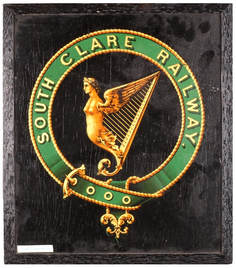 beautiful sunny day, larks burbling in the air. A longer section of the track to do, and much easier going at the beginning. ... I started where last weekend’s walk had left off, at the missing bridge, and headed south and slightly west. Sections of the line actually felt like you were on a railway line, well maintained and used by farm vehicles (though still wet and muddy, of course). A couple of houses built on the route again, but generally fine and fair. Crossed a partially collapsed bridge (pic 4), and soon after the line passed under a road for the first time. Saw two large foxes in the field, and startled a pheasant while climbing a drainage ditch and a mallard later on, so lots of wildlife. With the sun, and the skylarks, it was very 'Grantchester Meadows'. But of human habitation, there was little. Several old and abandoned buildings, and of the 30 or so fields I crossed, not a single one had any animals or crops. The last mile or so was rather wetter and bramblier, unfortunately. Met a small boy with a stick (the only person I saw during the walk), who asked me, given I was now stuck in brambles, how I had got up there. “Slowly and painfully”, I think I replied. I ended at what was once Doonbeg station, a mile or so from the sea. Its hard to be sure, but I think the yellow shed in the last but one picture is an original relict of the station. I think the station itself is a private house, but I couldn't be sure which one. Not being in a television program, at the end of the adventure, I had to walk back again. Pretty much immediately passed the entrance to Trump international golf course (which has been edited by a helpful passer-by). Then a long sunny walk to the car. Overall, about 3.5 km start-to-end as the crow flies, 5 I suspect by the route I had to use, and slightly longer back again. |
Author
CPWH Archives
May 2019
Categories |
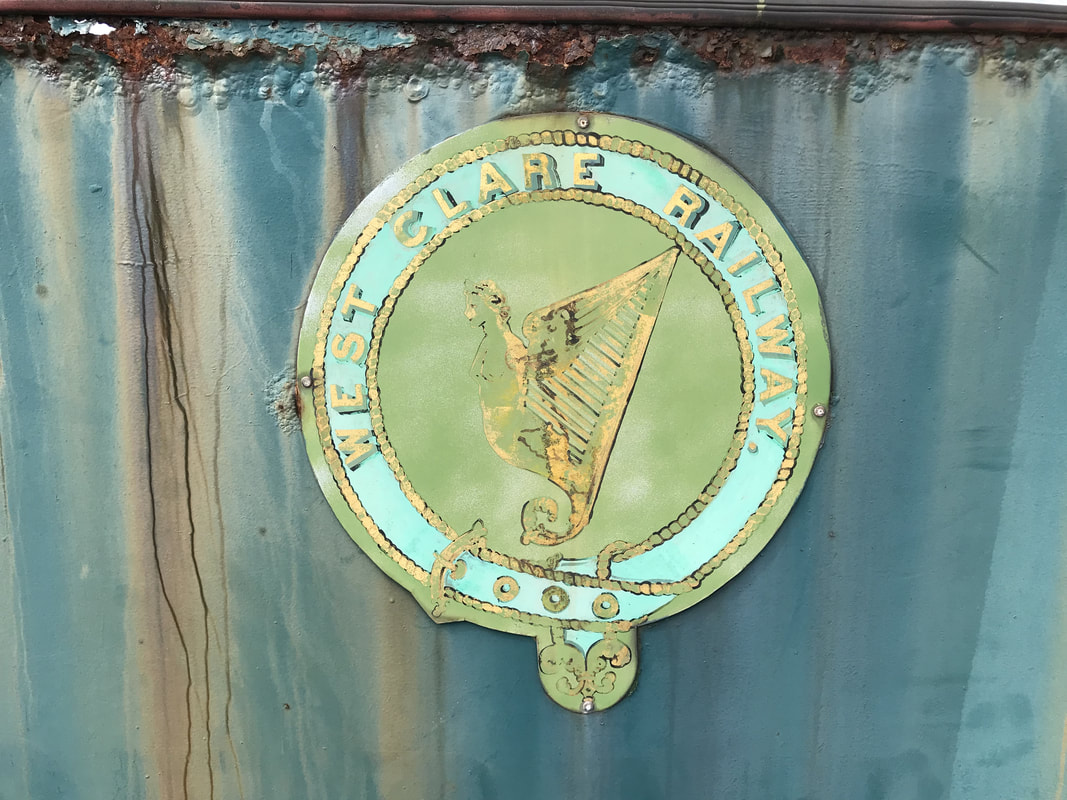
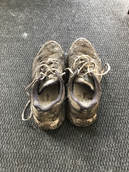
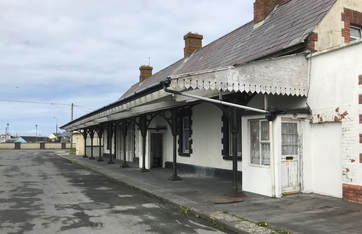
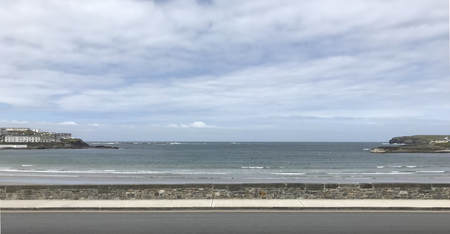

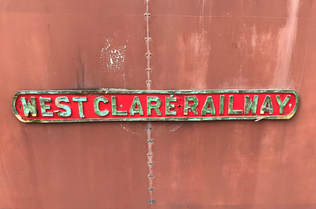
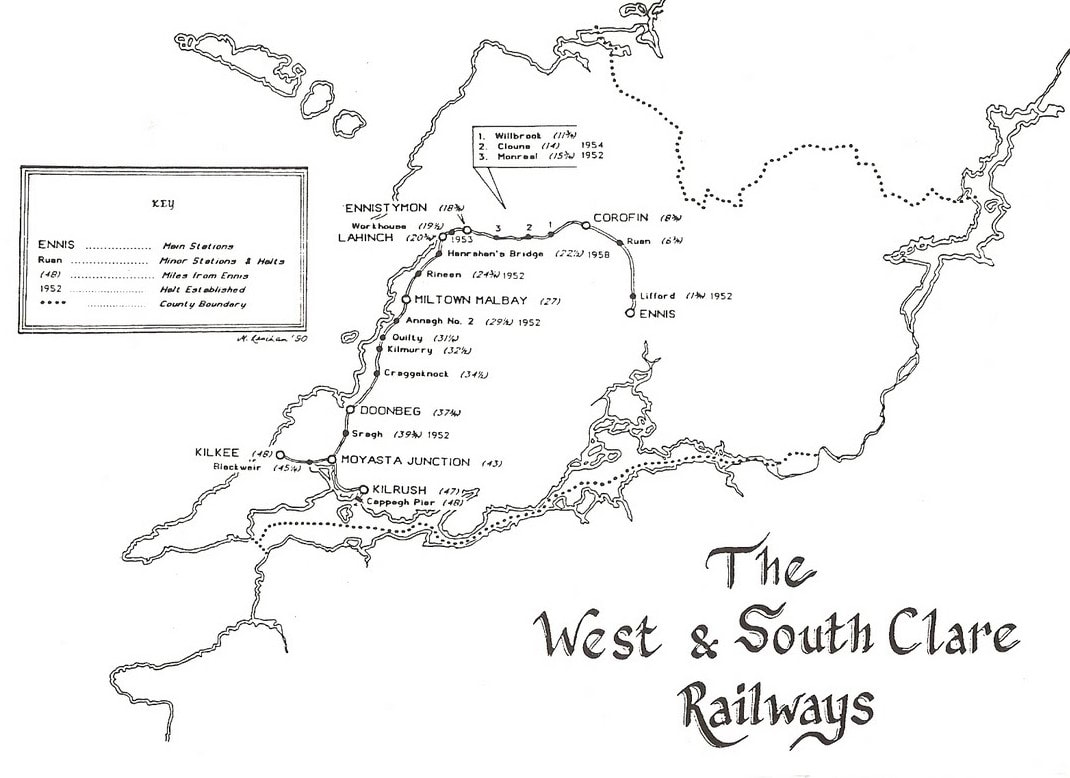
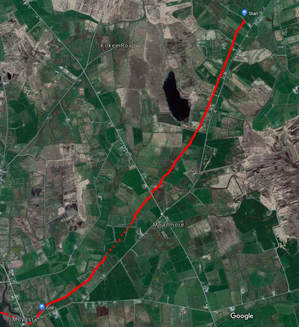
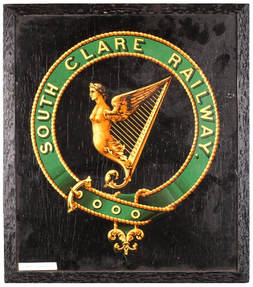
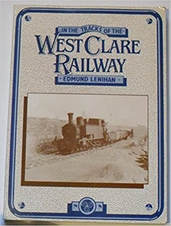
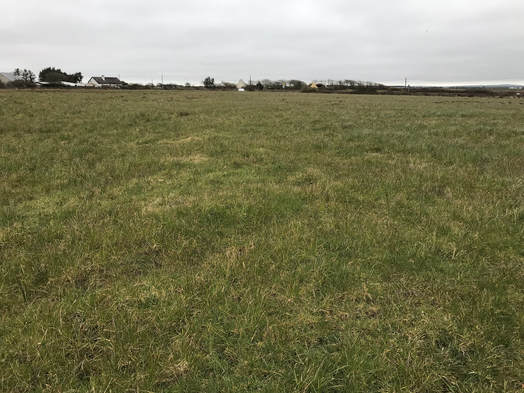
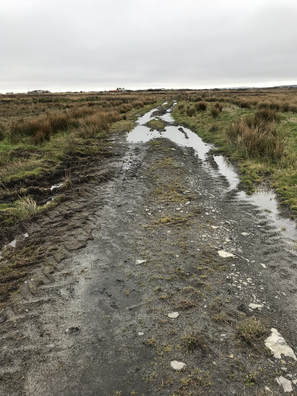
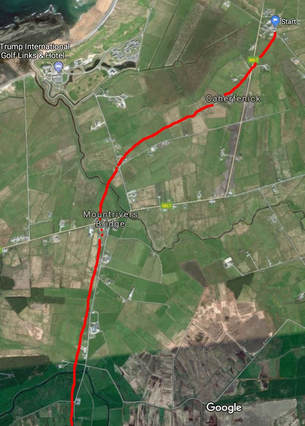
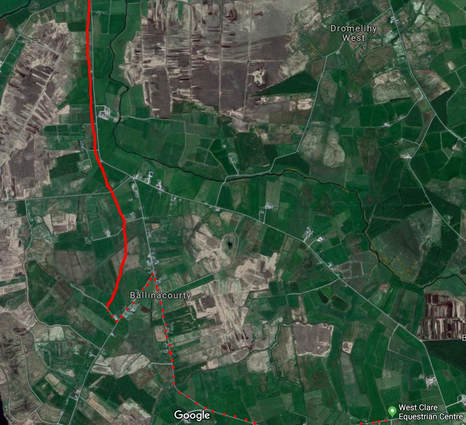
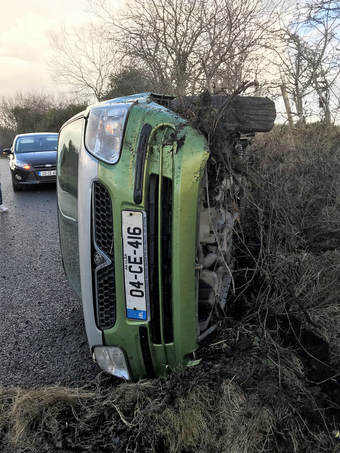
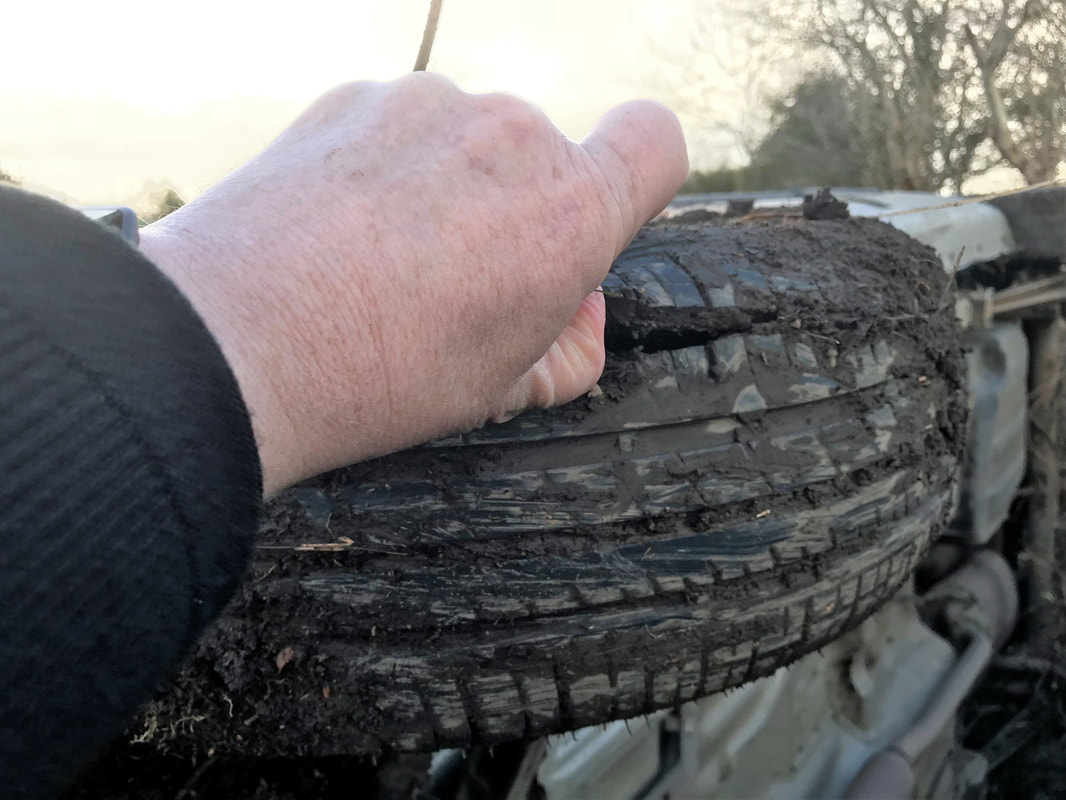
 RSS Feed
RSS Feed